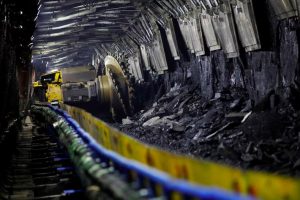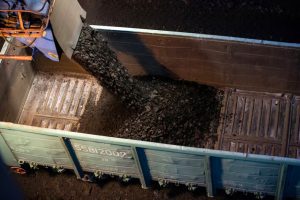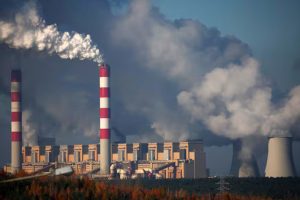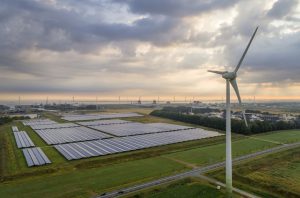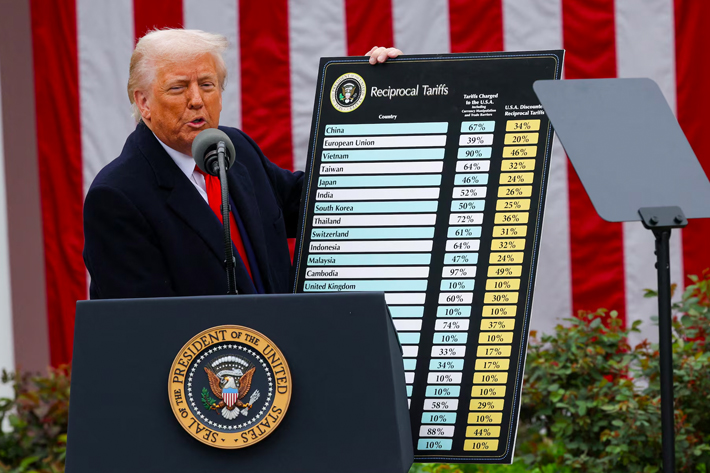Leading Australian banks are ramping up their efforts to reduce their carbon footprint by tightening their loans to carbon-intensive projects.
The country’s biggest lender, Commonwealth Bank of Australia, plans to reduce emissions associated with its loans or investments to zero by 2030 for thermal coal mining customers, it said on Wednesday.
National Australia Bank, the country’s top business lender, said on Wednesday it will not finance new-to-bank thermal coal mining customers or new thermal coal mining projects.
Australia’s ruling Labor Party aims to have 82% of the country’s power coming from renewables by 2030, up from around 40% now and also seeks to reduce carbon emissions by 43% from 2005 levels. For the long term, the party envisions a mostly-renewable energy system anchored by batteries and flexible gas generation.
Also on AF: Climate Change ‘Fuelled’ Rain That Led to Fatal Indian Landslides
National Australia Bank, which as of September 2023 had no corporate lending to thermal coal mining customers or project finance for thermal coal mining assets, intends to hold this stance into the future.
The lender has also announced a dozen decarbonisation targets, including for the power generation, thermal coal and oil and gas sectors, and said it is increasing financing to renewable-powered generation.
Commonwealth Bank of Australia flagged the challenges Australia is facing in replacing ageing coal-fired power stations with renewables as large-scale renewable energy and transmission projects take longer to become operational.
“Despite coal-fired power generation becoming less commercially attractive, some planned coal-fired retirements are being delayed to maintain reliable power to Australia’s electricity grid,” CBA said.
- Reuters with additional editing by Sean O’Meara
Read more:
China Turns to Carbon Capture, Biomass For Coal Power Emissions
Australia’s Clean Energy Plan Delays $10.6bn Origin Takeover Bid
Global Coal Capacity Growth Blamed on China, EU, US – FT
Saudi Aramco, Gazprom, Coal India Named as Top CO2 Polluters






